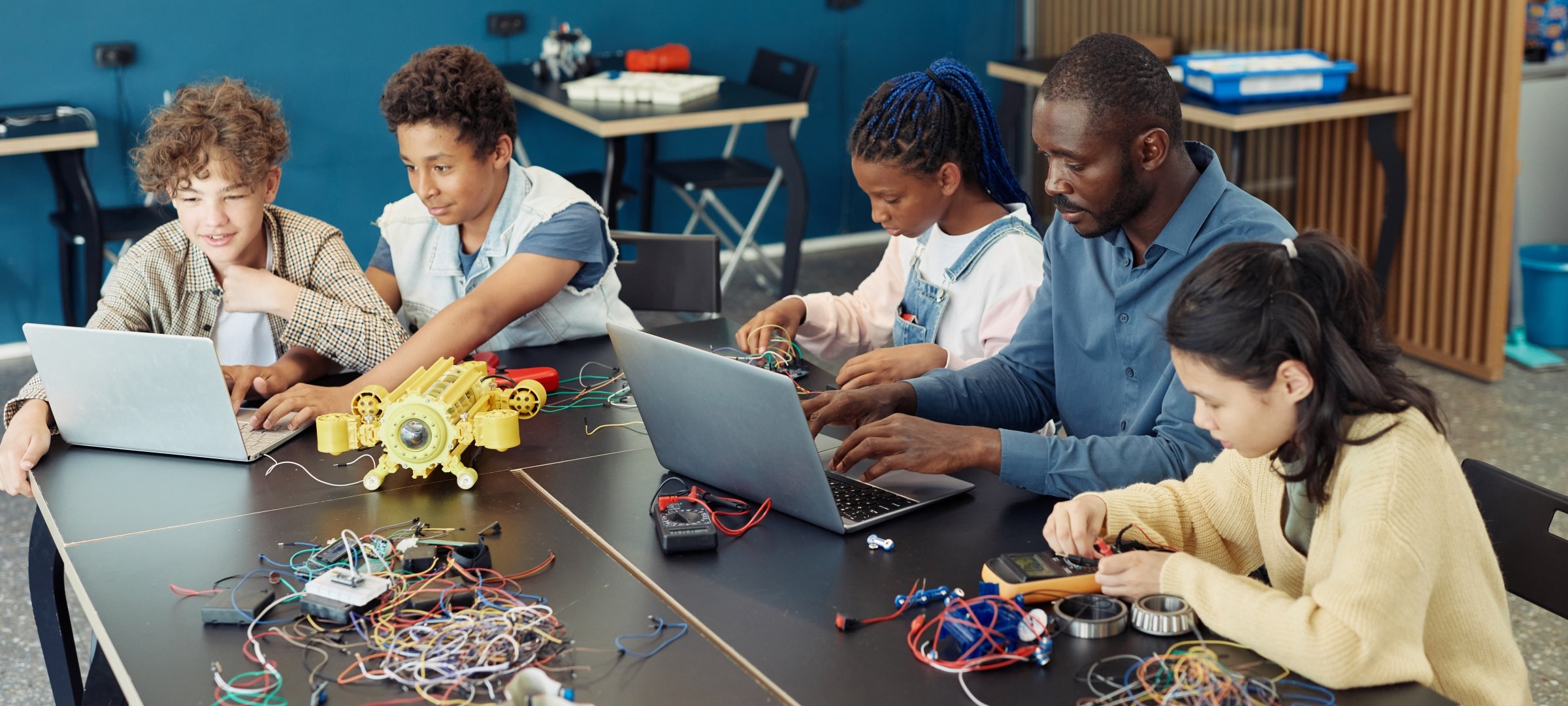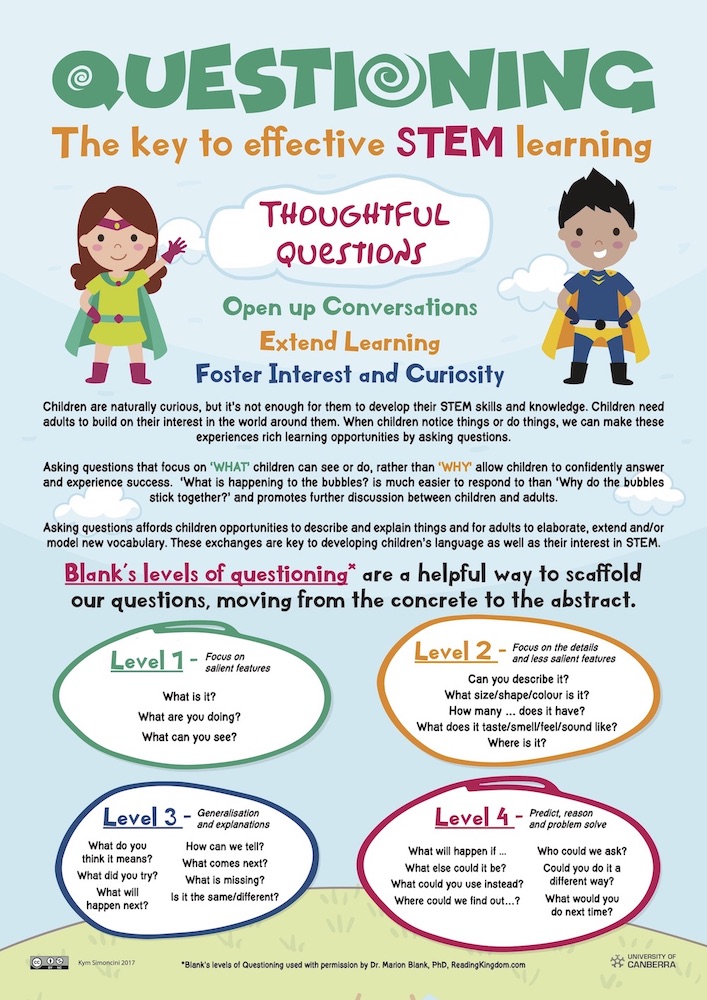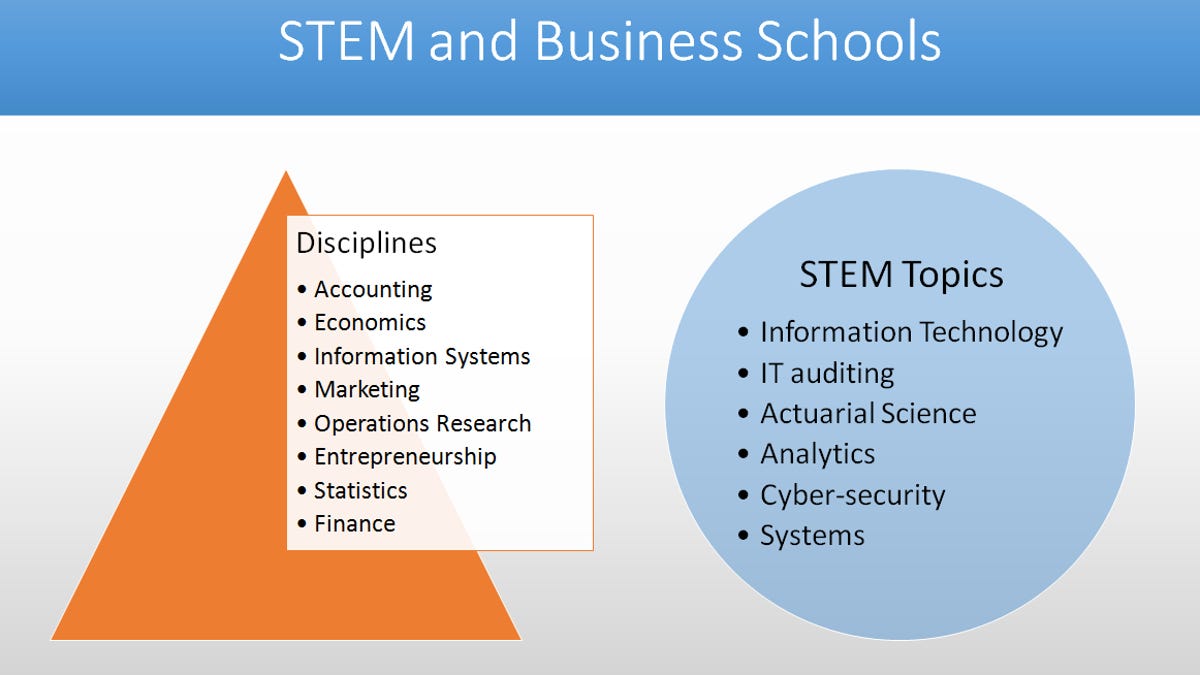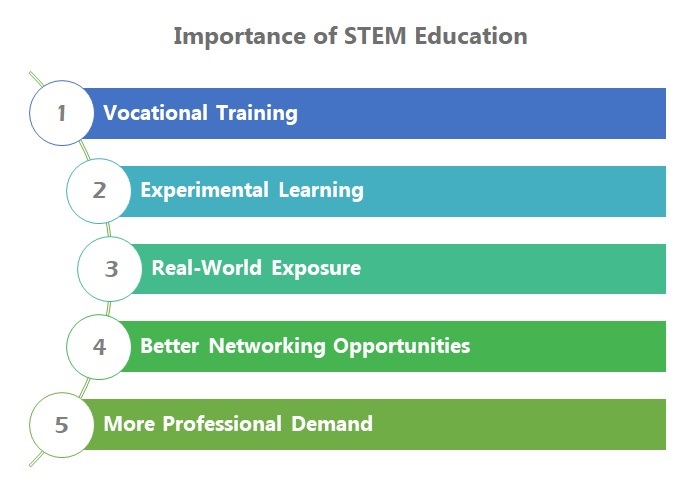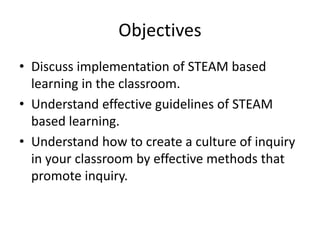Mastering Marking Expert Tips for Efficient Teacher Grading
Introduction:
Alright, teachers, let’s dive into the world of marking—something we all know is a crucial part of the job. But fear not! In this guide, we’ll unpack expert tips and strategies to help you master the art of efficient and effective grading.
Understanding the Importance of Marking:
First off, why is marking so darn important? Well, besides letting students know how they’re doing, it’s a chance for us to provide valuable feedback. This feedback helps students learn and grow, and it guides our teaching too.
Set Clear Expectations from the Start:
The key to efficient marking starts even before the first assignment is handed in. Be crystal clear about your expectations. Clearly outline grading criteria, rubrics, and due dates. This not only helps students but also makes your marking process smoother.
Break It Down: Divide and Conquer:
Facing a mountain of papers to grade? Divide them into manageable chunks. Set a goal—maybe you’ll grade five papers at a time, take a break, then dive back in. Breaking it down makes the workload seem less daunting.
Use Efficient Grading Techniques:
Not all assignments need a line-by-line analysis. Sometimes, a holistic approach works wonders. Use checklists or highlighters to quickly identify areas of strength and areas for improvement. This saves time without sacrificing quality feedback.
Leverage Technology:
Ah, technology, our trusty ally in the teaching world. Use grading software or apps to streamline your process. Many platforms allow you to create reusable comments, automatically calculate grades, and provide digital feedback.
Focus on the Essentials:
When grading, focus on the key learning objectives. Don’t get bogged down in minor errors. Identify recurring mistakes or misunderstandings that need addressing. This targeted feedback is more impactful for student growth.
Utilize Peer and Self-Assessment:
Why bear the entire burden of grading yourself? Incorporate peer and self-assessment into your assignments. This not only lightens your load but also encourages students to take ownership of their learning.
Provide Actionable Feedback:
Feedback shouldn’t just point out mistakes—it should guide improvement. Be specific in your comments. Instead of “Good job!” try “Excellent use of evidence to support your argument. Next time, consider expanding on your analysis.”
Schedule Grading Time Wisely:
Don’t leave marking until the last minute (we’ve all been there). Schedule regular grading sessions in your calendar. Treat it like any other important task. This prevents the dreaded all-night grading marathons.
Reward Yourself:
Grading can be a slog, so remember to reward yourself along the way. After each batch of papers, treat yourself to something—a coffee, a walk, a chapter of that book you’ve been eyeing. It keeps you motivated.
Collaborate and Share Strategies:
Lastly, don’t be an island in the sea of grading. Share tips and strategies with your colleagues. Attend workshops or join online forums. You’ll not only learn new tricks but also realize you’re not alone in this marking journey.
Conclusion:
There you have it, teachers—expert tips to help you navigate the sometimes daunting world of marking. By setting clear expectations, dividing and conquering, using



